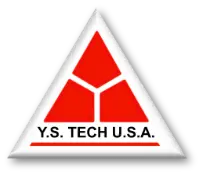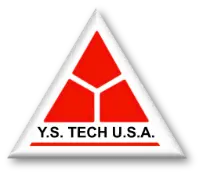Thermal cooling methods for small cell base stations: myths vs. reality
Myth vs. Reality: Breaking down cooling misconceptions for small cell base stations
Myth 1: Standard air conditioning is enough to cool small cell base stations.
Reality: While traditional air conditioning might cool large telecom equipment, small cell base stations require more specialized solutions. Unlike macro stations, which are often more accessible for maintenance, small cells are compact, densely packed, and frequently located in hard-to-reach urban environments. Standard ACs aren’t just oversized—they’re also energy-hungry and inefficient for small cells. Thermoelectric cooling (TEC), however, offers a more compact and energy-efficient alternative. TEC systems, like Laird Thermal Systems’ AA-480 Outdoor Cooler Series, are designed for precise temperature control, ensuring small cell electronics run efficiently without the bulk and power drain of conventional air conditioning.
Myth 2: Cooling systems just need to lower the temperature.
Reality: Effective cooling isn’t just about dropping the temperature; it’s about controlling it precisely. Small cell stations contain high-power-density equipment in a tiny space, where overheating can damage sensitive components and reduce equipment lifespan. Thermoelectric coolers provide targeted temperature control, handling heat right at the source with minimal power. Moreover, some telecom providers use micro-environment strategies to fine-tune airflow patterns inside each cabinet. Multi-adjustable-vent air conditioners (MAVACs), combined with Computational Fluid Dynamics (CFD) simulations, are used to customize air circulation, ensuring all components stay within optimal temperature ranges.
Myth 3: Thermoelectric coolers don’t last long and need frequent maintenance.
Reality: The opposite is true—thermoelectric coolers are known for their longevity and low maintenance needs. Since small cell base stations are often in remote or hard-to-reach spots, telecom companies need cooling solutions that won’t fail. Thermoelectric coolers are built to last, even in challenging environments, and consume far less energy than traditional methods, lowering both operational costs and greenhouse gas emissions. Their design also makes them less prone to failure during power outages, ensuring your network stays up and running.
Myth 4: Innovative cooling solutions are just a trend—they don’t add real value.
Reality: Emerging cooling technologies like free-cooling, liquid-cooling, and two-phase cooling are transforming telecom’s approach to thermal management. For example, free-cooling systems use ambient air, reducing reliance on active cooling systems and slashing energy costs. While these newer methods might sound like industry buzzwords, they’re helping telecom providers meet the growing demands of next-generation networks. The industry is evolving fast, and forward-thinking thermal management is crucial to ensuring reliable and scalable networks.
In an era where network reliability is non-negotiable, relying on outdated cooling myths can be a costly mistake. The truth is that modern cooling solutions like thermoelectric coolers and micro-environment strategies are transforming telecom’s small cell landscape—ensuring efficiency, longevity, and sustainability. Are your cooling strategies keeping pace with your network’s demands? Could emerging cooling methods give your infrastructure a sustainable edge? And are you prepared for the growing pressures of next-gen telecom?



